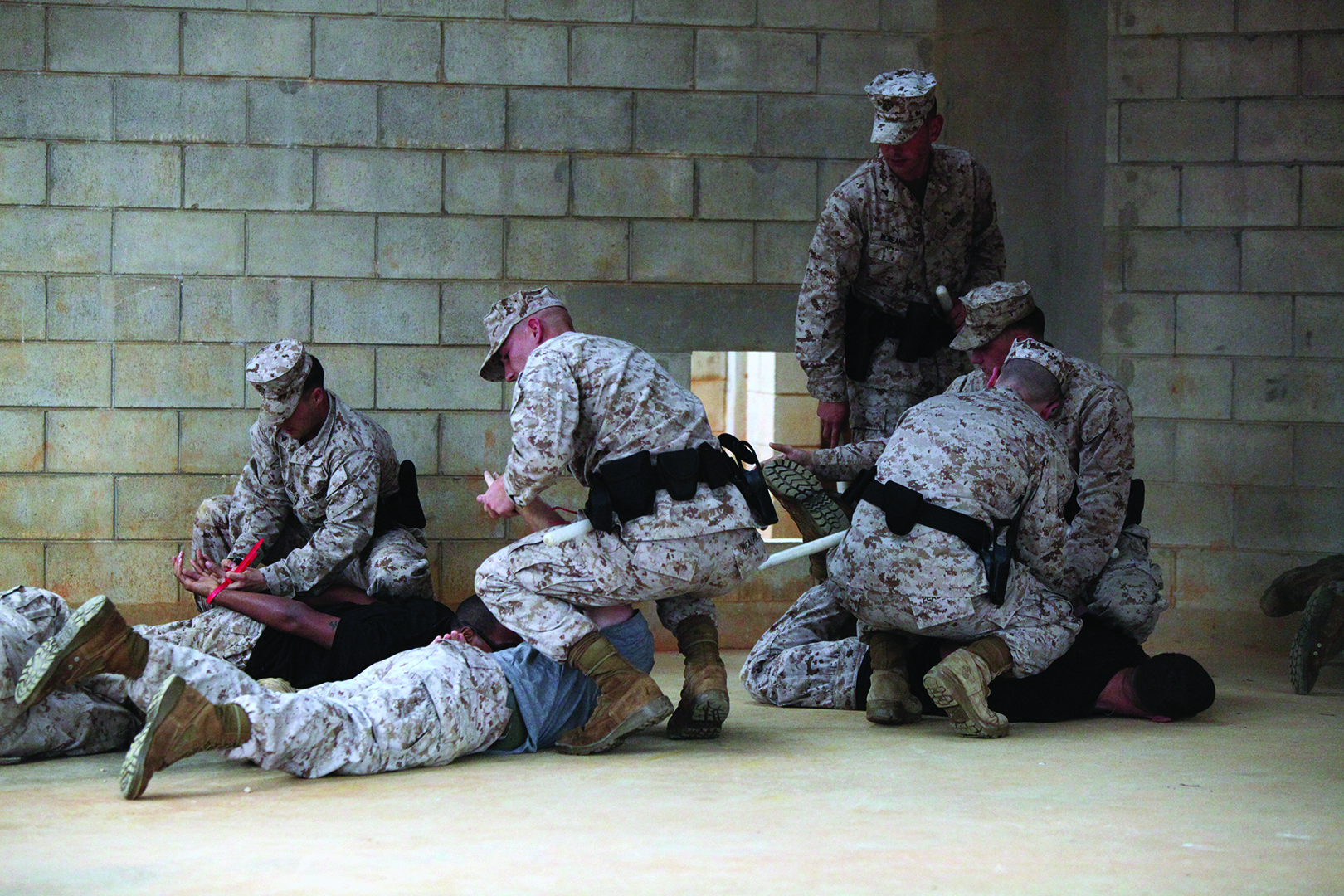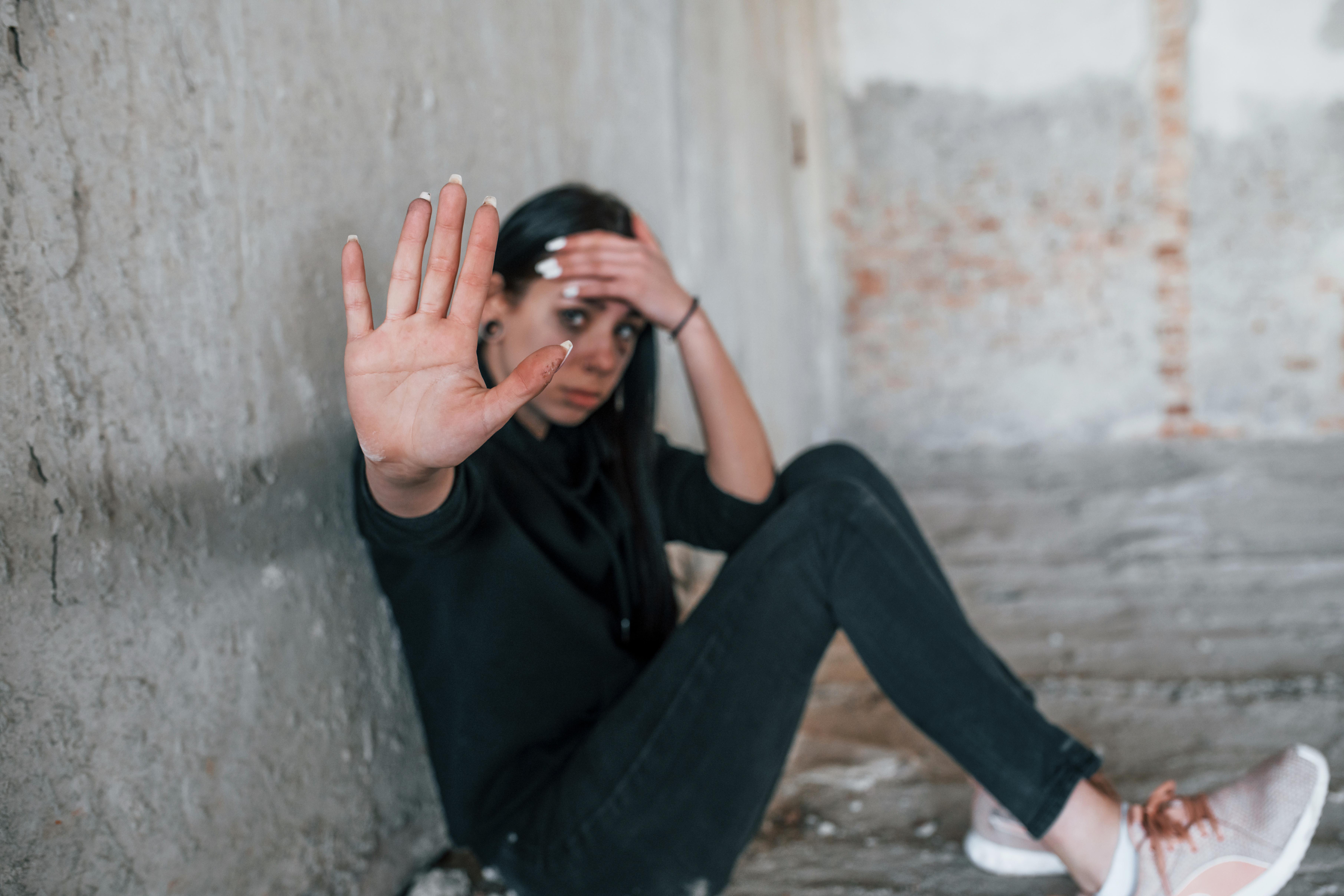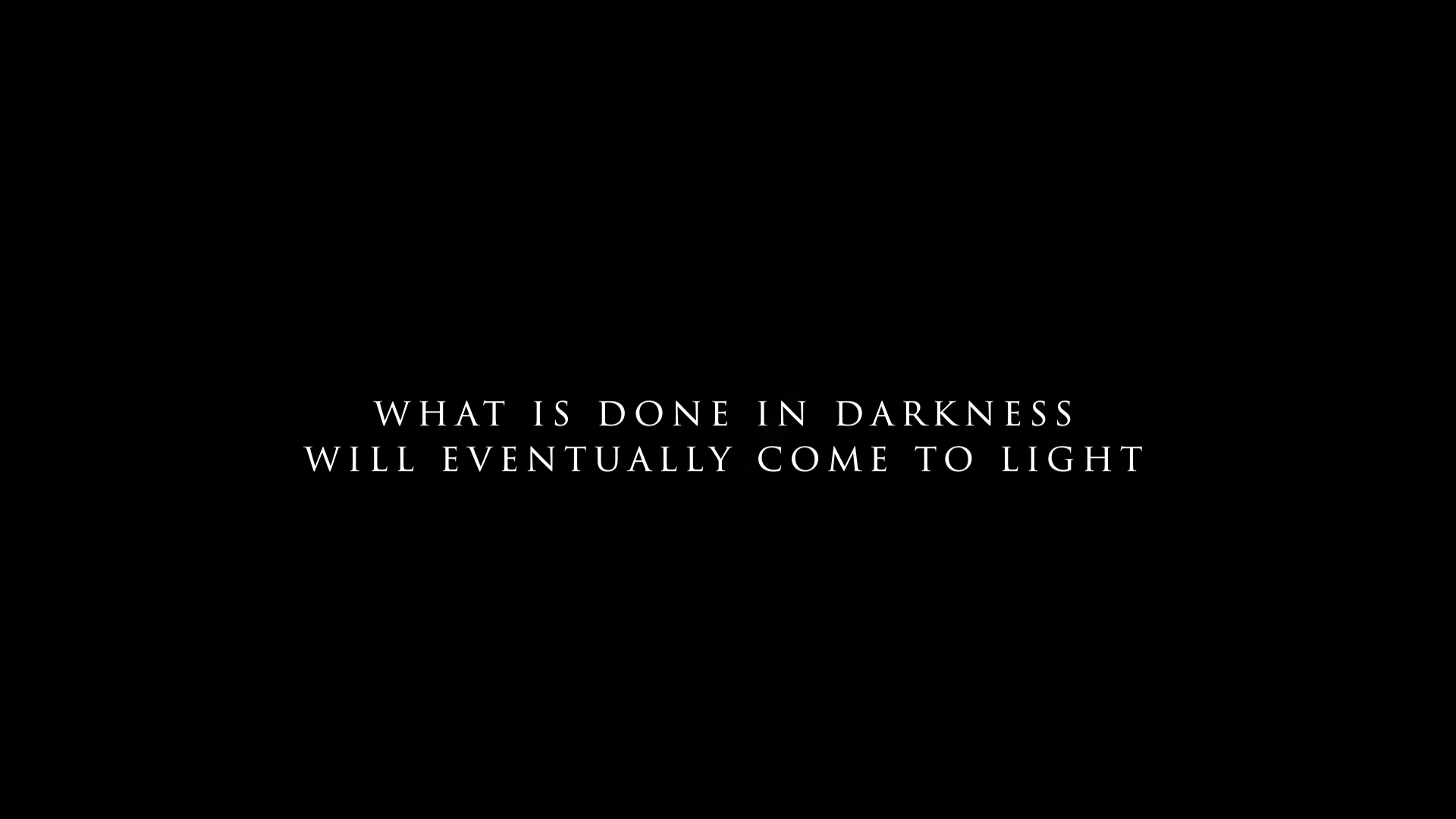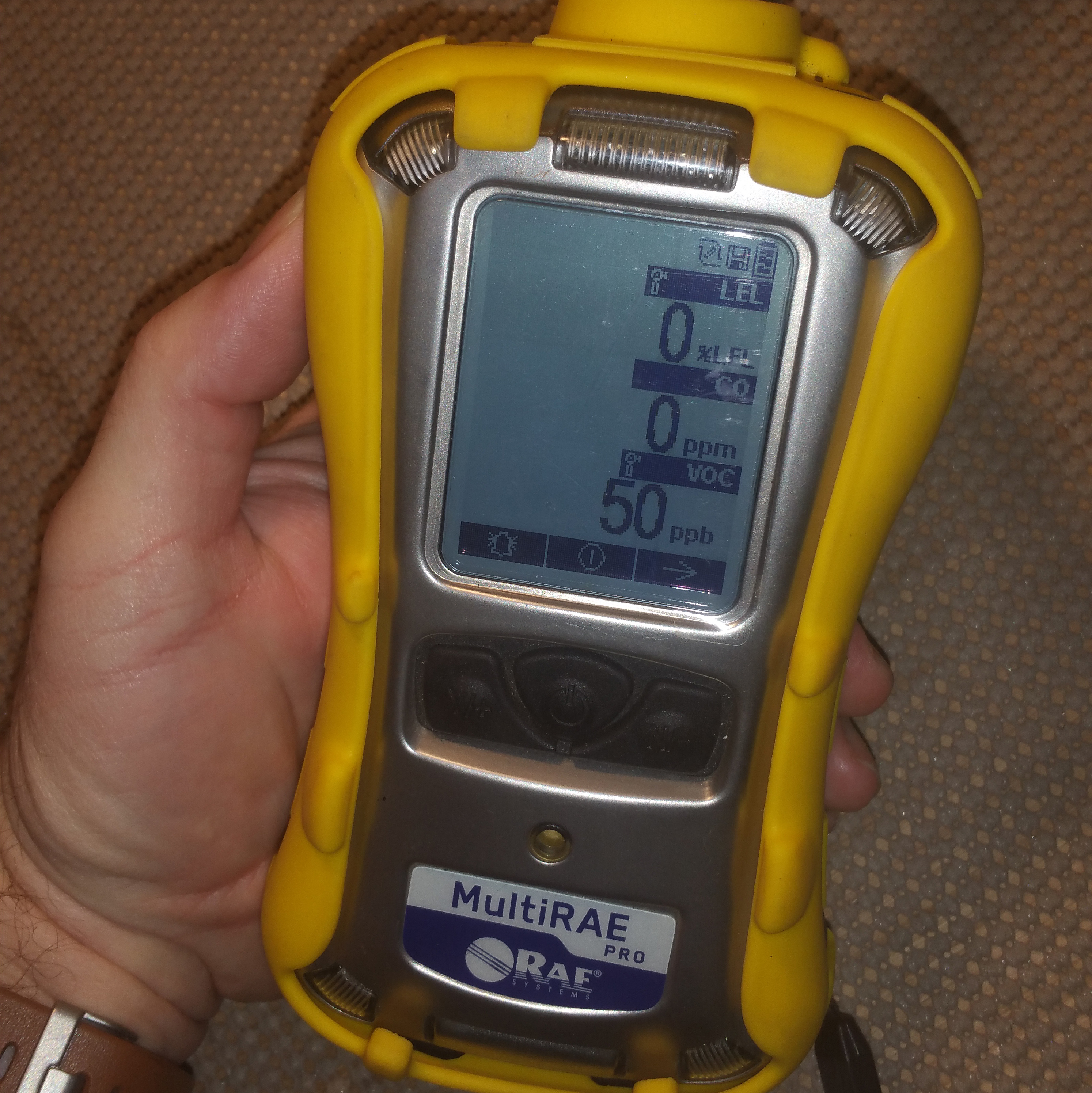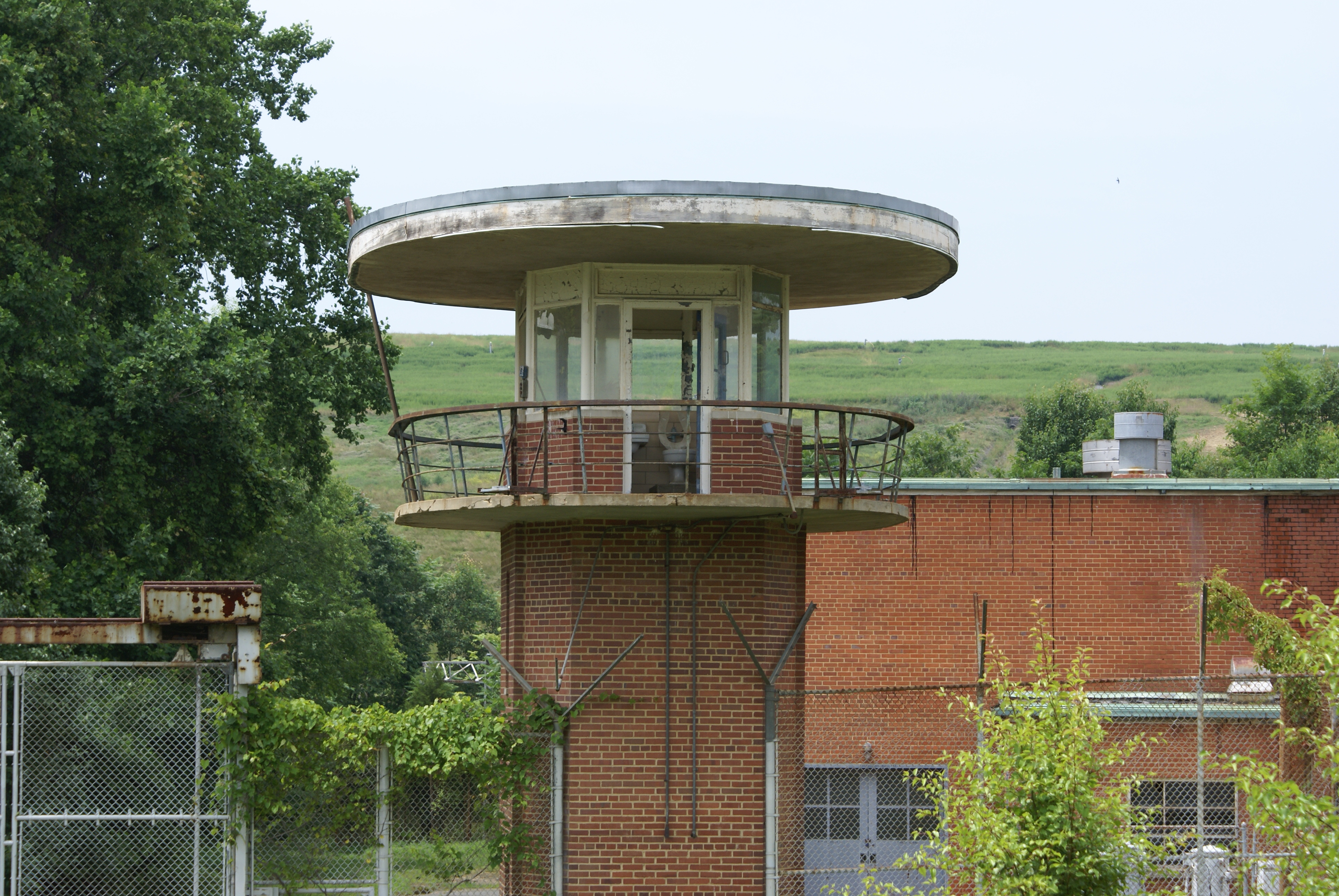
I’ve seen many statements and posts on social media like this one. I wanted to address some of the points and “facts” being presented. This is not intended to cause panic, but to educate. Data on COVID-19 is still vastly incomplete and there are many unknowns as a result, but it is clear that it is capable of spreading widely (more on that below). The mortality rate—the number of deaths resulting from infection—does appear to be relatively low and more applicable to people with diminished immune systems (pre-existing conditions, elderly). It still warrants attention, however, as even a 1% mortality rate is a lot of people if the virus is capable and allowed to spread unchecked.
Every Election Year Has A Disease
“Every election year has a disease.” I assume this comment is focused on US Presidential elections, since there are technically elections every year. This statement ignores a lot. There are viral outbreaks around the world constantly. For example, the image targets 2008 with Avian influenza, but that disease was spreading in 2004, just as the SARS outbreak in China was being contained (after it started BEFORE the 2004 election year). Viral hemorrhagic fevers like Ebola have had multiple outbreaks and sparked concerns in many years, both before and after 2014. Diseases don’t vote, and don’t target the global population when there is a presidential election in the US. Any correlation between disease and an election is a result of media attention—the diseases are always out there. This statement is based on faulty cause and effect logic and is meant to make you focus on facts that don’t matter.
Coronavirus Has A Contagion Factor of 2
“#Coronavirus has a contagion factor of 2.” The average number of people that an infected person will likely pass the disease to is actually referred to as R0, or more frequently R0 or R-naught. R-naught reflects the epidemic potential of the agent that causes the disease. R-naught is used to predict the likely number of new infections that will “grow” from those currently infected in an ideal scenario—like putting one infected person in a room with 10 unvaccinated people. R-naught is entirely situation dependent and is affected by many things including the agent (virus, bacteria) and society/cultural factors like population density, life expectancy, socioeconomic conditions, climate, and nutrition. Because R-naught can change due to those factors, it is always given as a range. When R-naught is less than 1, the agent will die out since less than 1 new person is infected by every person with the disease. SARS is a good example. SARS was originally assessed an R-naught around 2.75, but with containment efforts it dropped to below 1 in many places.
| Disease | R-naught |
| Ebola (2014) | 1.51 to 2.53 |
| H1N1 Influenza (2009) | 1.46 to 1.48 |
| Seasonal Influenza | 2 to 3 |
| Measles | 12 to 18 |
| MERS | ~1 |
| Polio | 5 to 7 |
| SARS | <1 to 2.75 |
| Smallpox | 5 to 7 |
| COVID-19 | 1.4 to 4.08 |
Highly infectious diseases like measles are usually described with exceedingly high R-naught values. Measles’ R-naught ranges from 12 to 18, meaning a single person could pass the disease on to 12-18 others. This indicates that a single case of measles should be treated as a true health crisis emergency, even if a population base has a high percentage of the population vaccinated because the potential exists for the disease to spread rapidly. That said, everyone should realize that the published R-naught value for measles was calculated based on conditions that aren’t likely relevant today: 1912-1928 US data yields R-naught of 12.5; 1944-1979 England/Wales data yields R-naught of 13.7-18.0. The effective rate of secondary infection (termed “R”) for measles in a country like the US today–accounting for some of those mitigating factors–would not be as high though because in that “ideal scenario” of 10 people in a room with a person infected with measles, the infection could be passed to less than 1 of the 10 (0.85, based on 91.5% of the US population being vaccinated, assuming 100% of vaccinations took), ergo the effective R of measles in the US would be less than 1 in that scenario. Because there is no vaccine or known prior immunity to COVID-19, we can’t justify modifying the current R-naught calculations for the US population to produce an R range. Additionally, there are problems with some of the US and worldwide data at this point that hinder calculation of R-naught for COVID-19—largely due to under testing and potential for inaccurate reporting. That said, initial calculations put the R-naught for COVID-19 between 1.4 and 4.08; based on US-only data in the last week, COVID-19’s R-naught in the US is currently around 1.74 to 2.96*, meaning a single person could pass the disease on to roughly 2 or 3 additional people through a single, limited contact exchange.
Coronavirus Has A Cure Rate of 99.7%
“#Coronavirus has a cure rate of 99.7% for those under 50 it infects.” To be clear, there is no cure for COVID-19, and therefore no “cure rate.” There is a recovery rate, which reflects the number of confirmed infections that recover from symptoms and, as far as we know now, reach a point where they can no long spread the disease. We do not have enough data at this point to say that recovery equates to immunity to re-infection. Since this entire statement is based on a non-existent “cure rate,” there’s not much more to address, but I do want to point out the mortality rate, which does appear to be lower for healthy individuals under 50 years old. The current mortality rate in the US alone is 4.17%. 34% of the US population is 50 or older, so 111.2M people. At 4.17% mortality, that’s potential for 4.6M deaths if the R-naught is not lowered through containment, isolation, or other measures (like washing hands).
Coronavirus Spread Is Leveling Off
“#Coronavirus spread is leveling off.” I’m not sure where this is coming from. There have been thousands of new cases every day worldwide for the last week, with over a hundred new cases daily in the US alone for the last 3 days (and 98 on the day before those). With authorities starting to test patients with symptoms and no evident contact with an infected person or international travel (which was not the rule of thumb prior to today), those numbers are expected to rise in the next few days. Even if spread of COVID-19 is slow, it’s still exponential (R-naught greater than 1), and without any effort to contain or limit its spread could infect everyone in the US—the only question is how long that would take.
This is..being hyped as The Black Plague
“This is a viral-pneumonia being hyped as The Black Plague before an election.” Perhaps, but again, those are two different issues, not causative in nature. It’s entirely possible that the media and others are either downplaying or exaggerating (depending on which media you look at) the health risks of COVID-19 to make some political point. Here’s the reality though: a person infected with COVID-19 can spread it to more than one person they come in contact with during the infectious period. Those people may be asymptomatic while they are infectious. In the US, we tend to go to public places without any thought to potential infection. People go to work and school when they are sick, a fact proven by the spread of seasonal influenza. We go to Walmart and stand in the (only open) checkout line with 2-4 others within 6 feet of us. We go to church and have 8-10 people within 6 feet of us for at least an hour. We go to restaurants, bars, and other places where we not only come into contact with people we don’t know, but we touch surfaces that others have recently touched and may not be (probably weren’t) properly disinfected. We are terrible at properly washing our hands (I was in two bathrooms yesterday that didn’t even have soap available). And, mostly because of high medical costs and crazy insurance rules, we put off going to the doctor or hospital for days, especially if all we have are cold/flu symptoms. We are culturally at-risk for this, and any other infection. Comparing this to the flu actually makes sense, but not in the way it is being done. Flu spreads to thousands every year, even though there is an annual vaccine. Why? Because of these same factors. We are susceptible as a population.
How Should People Respond?
So should you be stockpiling non-perishable foods, meds, and consumable products like toilet paper? Should you have a stock of hand sanitizer and soap? YES. Honestly, you should have some reserve stock of all of that anyway, so that you don’t have to rush out to the store during a weather emergency—something else we Americans are terrible about doing and shouldn’t. You should be doing that for the same reason: to limit contact with others while this illness is actively spreading, to keep yourself safe and healthy. Do you need to go completely crazy with it? Probably not. What you need is based on how many people share your home and what you typically use in a week or two. In fact, you should probably prep more for weather emergencies where power and water service may be disrupted–something that most likely won’t happen with a major COVID-19 outbreak. Be reasonable. If there are 4 people in your home and you are using 48 rolls of toilet paper in a normal two week period, you may have a medical condition that makes you more susceptible to COVID-19, or may be a result of you eating 4 cases of Vienna Sausage in the same amount of time. Bottom line, if you don’t already keep enough food in your pantry to be able to eat something every day for a couple of weeks without leaving home, and you find yourself going to the grocery store or Walmart every week, you need to change your mindset a little from being reactive to proactive (you can include refrigerated or frozen food for this…so far there is no indication that COVID-19 affects public utilities).
If the spread of COVID-19 is going to be checked, we as a society need to stop making multiple trips to stores and restaurants in a given week. Make one trip and get what you need for the week, and go wash your hands correctly. Instead of going out to eat with your friends on Friday night, invite them over for dinner at your place. Most importantly, if you have cold or flu symptoms, stay at home and eat your new stockpile of canned soup. When you go to church or the barber shop, be mindful of others around you, and if someone is coughing and generally looks sick, stay away and consider going somewhere else. At this point, you don’t need to be prepared to completely isolate yourself for 2 weeks, but you should have enough of what you need available to limit how often you have to go out for something, and you should be ready to make those trips in a health-conscious way (hand sanitizer or your own little bottle of soap, disinfecting wipes or gloves for shared surfaces you have to touch). Oddly enough, these same measures will probably save you money and keep you from getting a cold or the flu too. Preparedness is not panic or worry, it’s being ready to face the challenge even if you aren’t faced with it.
*At the time of this article there were 708 confirmed cases of COVID-19 in the US, and 27 deaths associated with infection. Based on confirmed infection data from the previous 7-14 days and assuming the average individual comes in contact with 10 other people in a given day, we calculated a simple R-naught for each day starting on 7 March 2020. Since US data from 15 February to 27 February is inconsistent and the US is still reporting recovery data differently than other countries, our margin of error is still high at roughly 20%, but is getting closer with each day. Our data is presented here to illustrate the points being made, since our range falls within the predicted R-naught for worldwide cases and is based on data only from US confirmed cases.
About This Article
Why is there an article about COVID-19 on a Private Investigation agency site? Michael, the owner of Echo 7 Foxtrot, started out in the fire service many years ago, primarily EMS but also HazMat response. That experience carried over to his time in the Marine Corps, and while individual tasks and assignments changed over the years, he often brings experience in those areas to bear on cases where it is useful. During his years working in HazMat and Chemical, Biological, Radiological, Nuclear, and Explosives (CBRNE) response much of his work focus was on production facilities for chemical and biological weapons used in terrorism and WMD, including clandestine labs where he was trained and certified to enter a potentially contaminated environment to investigate and collect evidentiary samples and perform presumptive analysis in the field. By education, Michael is an Emergency Manager (MS in Emergency Management) and is qualified as a responder in many unique environments including HazMat, confined space, and collapsed structures, and has experience as an Incident Commander, Operations Chief, and Emergency Services Officer under the Incident Command System. Michael continues to volunteer his experience and services during times of emergency and disaster, and continues to network with and support many in the emergency services arena.


